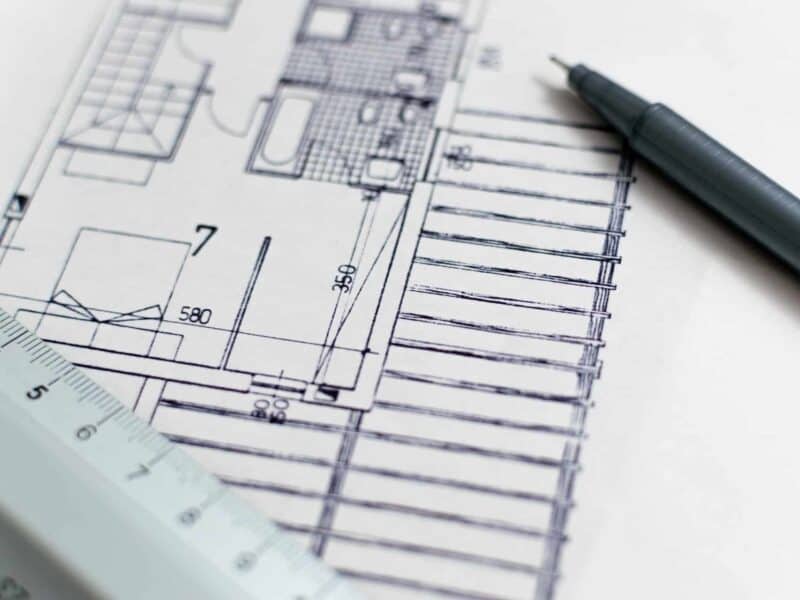
Dreaming about your renovation project is definitely not a waste of time unless it goes on forever and never turns into action!
It’s important to let your mind wander and dream up the most outlandish solutions to the task ahead, but then nail it down into a coherent and achievable plan.
Of course, much depends on what sort of renovation you are doing, from just re-decorating a tired house to a full-scale restoration of an old but valued ruin.
Restrictions
Firstly, look at the restrictions that you might have to work round. Budget is likely to be an issue, as there are not many people who can take on a renovation while saying ‘hang the cost’.
There may be planning restrictions in the areas that you live in, or specific to your property, if it’s listed or under a covenant.
Make sure that you understand what’s expected of you and who to refer to, particularly if your property is listed, as planners can bring the full force of the law to bear if you break those rules.
Do you have to make provision for a member of the household who is disabled or not fully mobile?
With all that nailed down, think about the restrictions that you might place on yourself:
- Are you embarking on this project in order to sell on at a profit, or to create the perfect living space for you for the next twenty or thirty years?
- Is it important to use green or organic materials in your build?
- How much will you want to stick to historically accurate materials, if the property is of a certain age?
- Do you need to extend as well as renovate, and if so, what new spaces do you and your family require?
- What do the neighbouring properties look like and do you want to try and blend in with them, or are they sufficiently far away for you to have carte blanche?
Brainstorm
Once the boundaries are set, start looking at what needs to be done and what you would like to do.
You may already know what structural repairs are necessary, but they need to be considered in the context of the whole project, to avoid doing work that may have to be undone later on.
Go around the house looking at everything that’s actually wrong, and at the same time think about things that you might want to change, even though they’re not ‘wrong’ as such.
For example, the roof might need replacing, but would you be able to put an extra bedroom in the loft at the same time?
If the windows in the lounge are rotten, would patio doors, rather than replacement windows, be a better way of linking the garden to the house?
Perhaps removing an internal wall to merge a dining room and kitchen would create a room better suited to modern cooking and entertaining.
Pick the Brains of an Architect
It is worth considering using an architect at this point, as they are much more likely to know what’s possible and what isn’t, and have the benefit of having seen all sorts of conversions over the course of their career.
It’s quite likely that they will think of things that you haven’t, and even if you don’t use their ideas in full, it could spark some idea that you might not have thought of yourself. Their knowledge of the planning process is invaluable too.
If there are properties in your area that are similar to yours that have been worked on, see if you can have a look at some to get ideas.
Of course, if they are up for sale, then you can easily get an appointment to view, but even if they aren’t, people are generally proud of their work and will be happy to show you around if you ask politely.
On to the Next Step
Once you’re satisfied that you listed all things that need doing, along with the things that you’d like to do at the same time, then it’s time to get down to the planning and budgeting stage.
Get your thoughts organised and move on to our other articles, which will show you what to do next.


